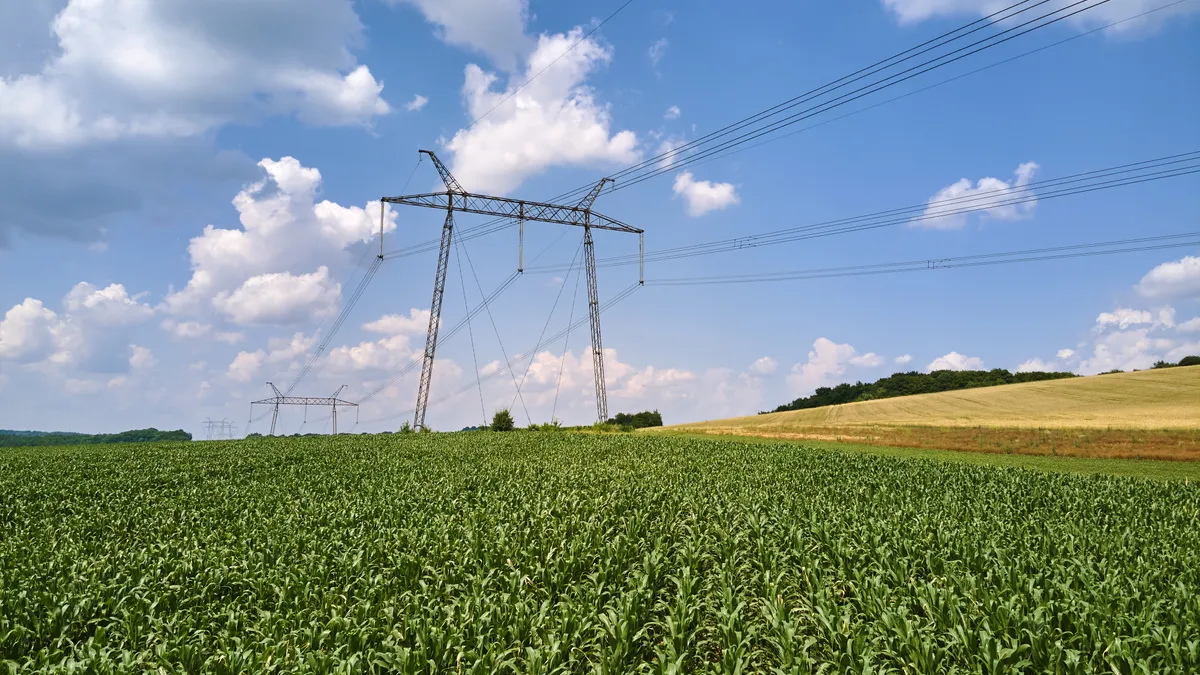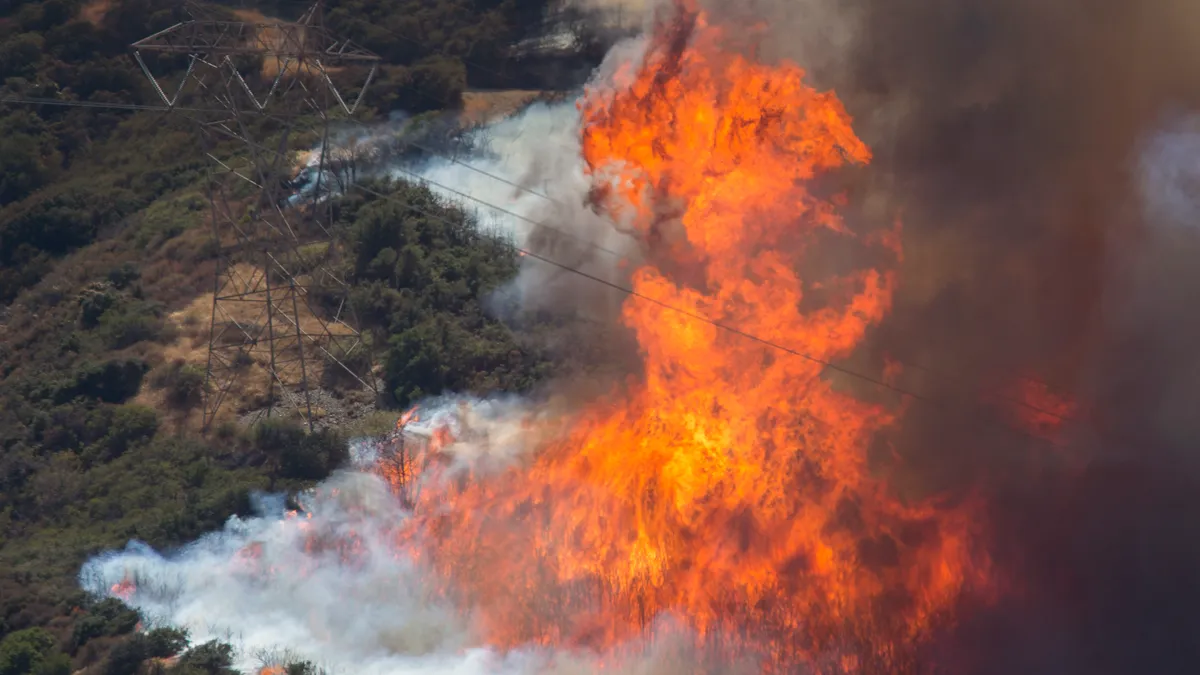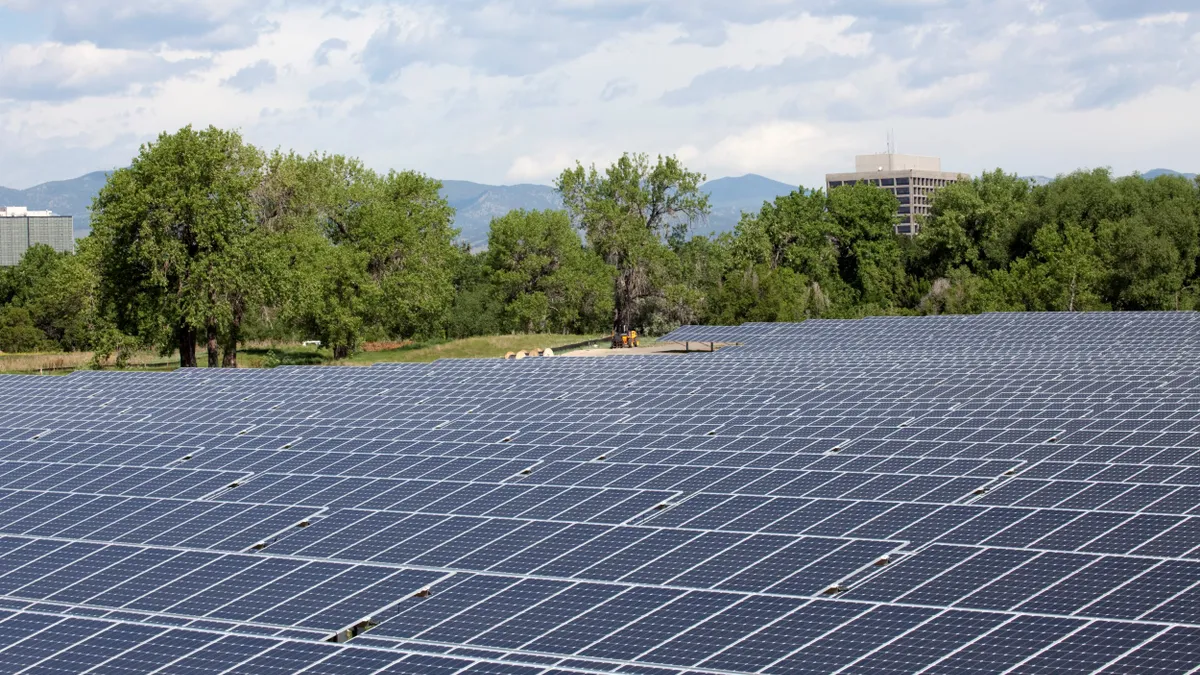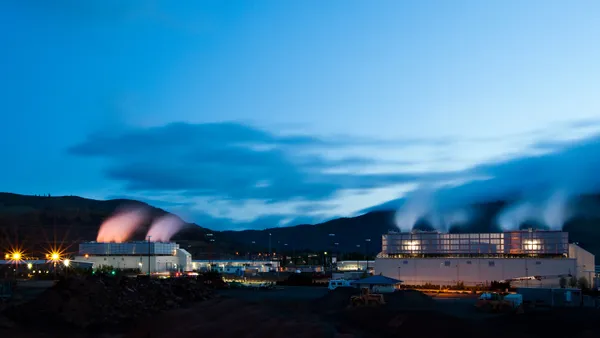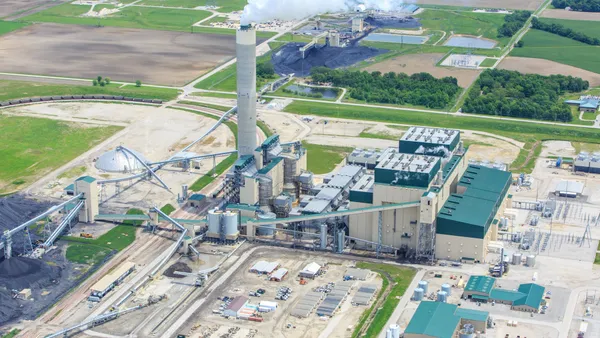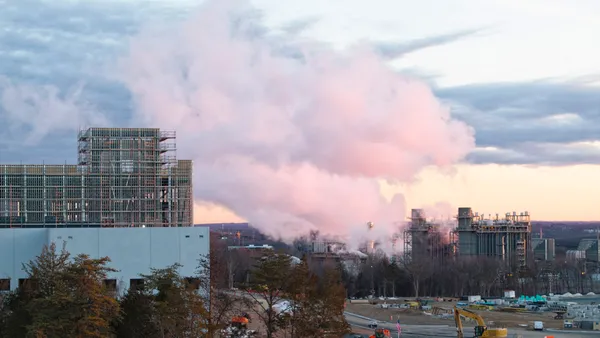Ted Thomas is the founding partner at Energize Strategies and former chair of the Arkansas Public Service Commission.
There’s been a chant building across the energy sector the last several months, “build, baby, build.”
With the historic approval of a record-setting portfolio of transmission lines last month, the Midwest is poised to do just that: build the critical grid infrastructure needed to support continued economic growth.
The Midwestern grid operator (MISO)’s board of directors approved two dozen regional transmission projects slated to deliver at least $23.1 billion in net benefits over two decades to the region. Those benefits compound to an estimated $83.2 billion over a 40-year period, roughly the lifespan of these critical projects. At roughly twice the size of MISO’s record-setting approval of lines in 2022 as part of the region’s Long Range Transmission Planning, or LRTP, process, this is a massive step forward for economic development in the Midwest.
And perhaps more importantly, these lines will enable the region to attract more manufacturing, data centers and other economic drivers. That means serious economic growth and new opportunities for economic prosperity in the regions’ rural communities.
All told, the grid operator projects the transmission lines alone will spur the development of at least 22,000 direct jobs, as well as up to $24 billion in total economic output. These transmission lines not only provide life-saving power; they are poised to offer an economic lifeline for communities across the Midwest.
These lines will also help avoid procuring new capacity, demonstrating once again that transmission expansion can improve access to generation resources across the footprint, something especially important given the region’s abundant energy sources. In total, this new set of projects avoids the need for 22.8 GW of capacity the region would otherwise require.
This positive development in the Midwest can serve as an example for the broader U.S. economy, which also depends on the construction of high-voltage transmission projects like the ones MISO just approved. New and growing industries are scoping out potential development sites based largely on the availability of affordable, reliable power. Planning and investing in a transmission backbone is key to delivering electricity these energy-intensive industries need.
MISO has proven itself as a national leader in regional transmission planning — and other regions should take note. For more than a decade, the grid operator has pursued a robust, long-term planning process to strengthen its system to increasingly frequent extreme weather events, accommodate new power sources and reduce electricity costs for consumers. The current LRTP process continues MISO’s legacy of holistic transmission planning; the grid operator approved an initial 17 multi-value projects in 2011.
MISO’s process is entirely replicable, and grid operators can incorporate their own regional needs into planning process updates required under a recent federal directive.
In 2024, the Federal Energy Regulatory Commission, which oversees the bulk power system across much of the country, finalized — and then updated — a rule requiring grid operators to improve their regional planning and cost allocation processes. The rule included various provisions that MISO has already implemented into its own planning, such as using a 20-year planning horizon and required use of multiple planning scenarios.
Over the next year, grid operators will need to submit compliance filings to FERC detailing changes adopted to adhere to the commission’s directive. It’s imperative that regions seek to adopt such changes expeditiously, helping remove hurdles limiting regional grid development across much of the country.
A nation is no stronger than the infrastructure supporting its vital industries — an economic powerhouse requires reliable power. And that energy needs a robust transmission system to carry it from diverse generation sources to Midwestern homes and businesses.
Following the MISO board vote, state regulators will soon consider permits and final approvals for the 24 projects. It’s up to them to decide whether the Midwest will lead the growing “build, baby, build” chorus or miss out on a consequential economic opportunity.


